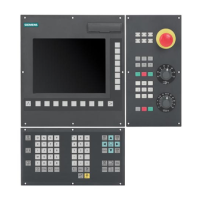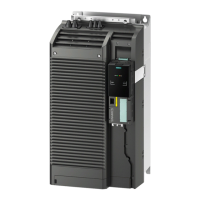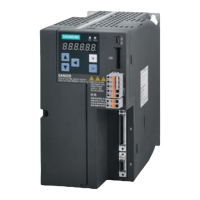Programming technology functions (cycles)
8.4 Milling
Turning
Operating Manual, 03/2013, 6FC5398-8CP40-3BA1
433
<#.#,_VAR_NUM> 12.4 Places before decimal point
unformatted,
1 place after the decimal point
(rounded)
<#.##,_VAR_NUM> 12.35 Places before decimal point
unformatted,
2 places after the decimal point
(rounded)
<#.####,_VAR_NUM> 12.3500 Places before decimal point
unformatted,
4 places after the decimal point
(rounded)
If there is insufficient space in front of the decimal point to display the
number entered, it is automatically extended. If the specified number of
digits is larger than the number to be engraved, the output format is
automatically filled with the appropriate number of leading and trailing
zeroes.
You can optionally use blanks to format before the decimal place.
Instead of _VAR_NUM you can use any other numeric variable (e.g.
R0).
7. Press the "Variable" and "Variable text" softkeys if you want to take the
text to be engraved (up to 200 characters) from a variable.
The format text <Text, _VAR_TEXT> is inserted and you return to the
engraving field with the softkey bar.
You can use any other text variable instead of _VAR_TEXT.
Note
Entering the engraving text
Only single-line entries without line break are permissible!
Variable texts
There are various ways of defining variable text:
● Date and time
For example, you can engrave the time and date of manufacture on a workpiece. The
values for date and time are read from the NCK.
● Quantity
Using the workpiece variables you can assign a consecutive number to the workpieces.
You can define the format (number of digits, leading zeroes).
The place holder (#) is used to format the number of digits at which the workpiece counts
output will begin.

